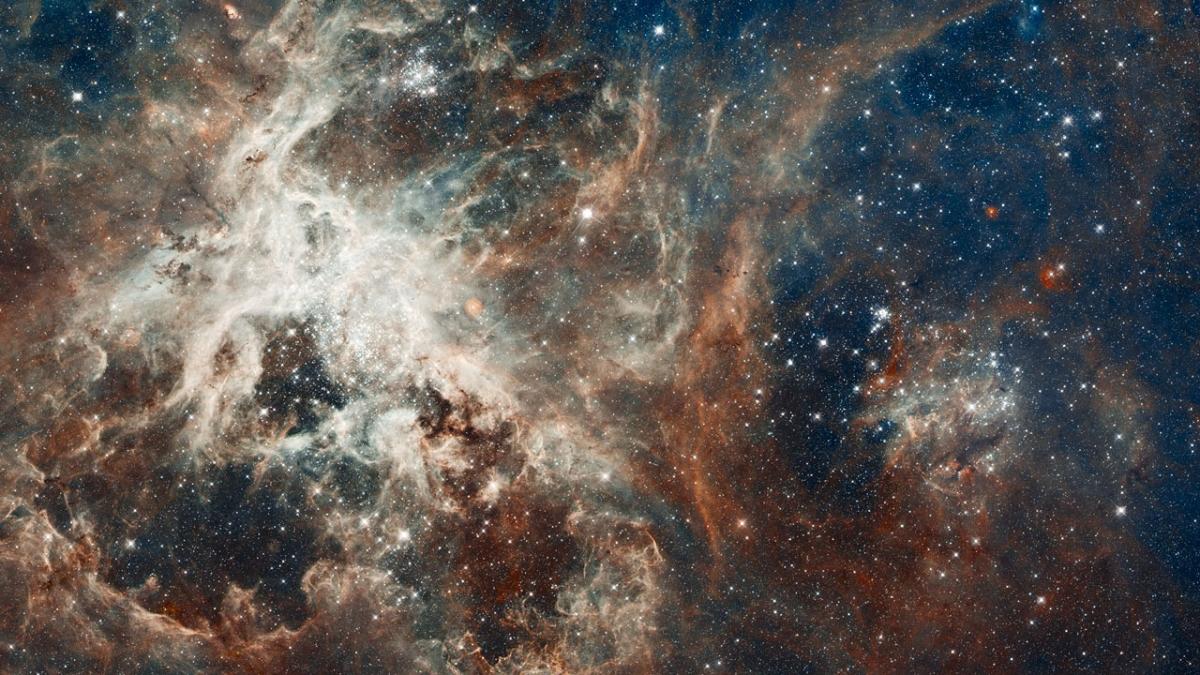Some of the most intense star formation areas are located in the smallest galaxies, and research suggests that this is due to stars nearing the end of their lives in these so-called dwarf galaxies being more likely to collapse into black holes rather than exploding as supernovas. Dwarf galaxies have a significant time delay of 10 million years in dispersing all their star-forming material, a process usually driven by the forces of supernovas. Consequently, dwarf galaxies are able to retain their precious star-forming molecular gas for longer, contributing to the growth of star-forming regions and enhancing the production of stars.
Among the significant star-forming regions in local dwarf galaxies are 30 Doradus (the Tarantula Nebula) in the Large Magellanic Cloud around 160,000 light-years away, and Markarian 71 in the galaxy NGC 2366, about 10 million light years away. These star-forming regions yield stars of varying sizes, including smaller stars and a few large, massive stars. When these massive stars reach the end of their life, their cores either form a neutron star or a black hole. In the case of the latter, the star collapses into the black hole without much fanfare.
As soon as the Universe began, the Big Bang only produced hydrogen and helium, plus a small amount of lithium. All the other elements were formed later, either in the depths of stars or in the explosions of these stars. Astronomers term these elements that appeared later as “metals.” The abundance of these metals created by multiple supernova explosions forms a “wind,” which can blow out any remaining molecular gas that is essential for the formation of new stars.
Although smaller dwarf galaxies typically have lower metal compositions due to reduced historical star formation, their star-forming regions are likely to be enriched with more stars formed through powerful supernova winds with less gas being blown out. This could explain the 10-million-year delay in the onset of strong super-winds, leading to higher star formation.
The findings of an abundance of triply ionized carbon and evidence that the gas in early galaxies has time to form large clumps, align with these observations, providing insights into star-forming conditions in the early universe’s first galaxies. These findings, described in a paper published on Nov. 21 in The Astrophysical Journal, also present new models to understand star formation conditions in the early universe.


